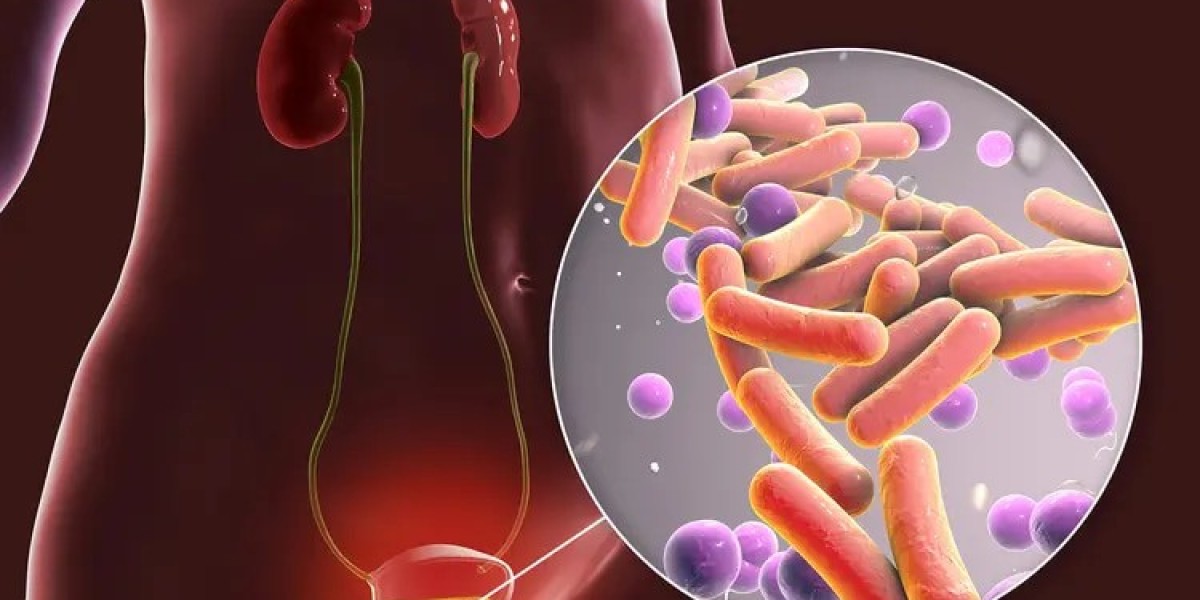Introduction to Urinary Tract Infections (UTIs)
Urinary Tract Infections, commonly known as UTIs, are a lot more common than many people think. Affecting millions every year, these infections occur when harmful bacteria find their way into your urinary system. While most UTIs are not life-threatening, they can cause discomfort, pain, and complications if ignored. Understanding UTIs—what causes them, their symptoms, and how to treat them—is an important step towards keeping your urinary health in check.
What Parts of the Body Can Be Affected by a UTI?
UTIs don’t just stick to one spot—they can involve different parts of your urinary tract. Most infections happen in the lower part, which includes the bladder (cystitis) and urethra (urethritis). However, if the infection travels upwards, it can reach the kidneys (pyelonephritis), leading to more severe health problems. Knowing which part is infected often helps your doctor decide how to treat it effectively.
Common Causes of UTIs You Should Know About
Most UTIs happen when bacteria—often E. coli from the digestive tract—travel up into the urinary system. But it’s not always random; there are several factors that make some people more likely to get UTIs than others. From personal habits to anatomy, understanding these causes helps reduce your risk.
Sexual Activity and Hygiene
Let’s be real: sexual activity can push bacteria closer to the urethra, which is why UTIs are sometimes called "honeymoon cystitis." Improper wiping (back to front) or using irritating feminine hygiene products can also introduce bacteria. Simple hygiene adjustments often go a long way in preventing infections.
Anatomy and Genetics
Being female naturally increases UTI risk, mainly because the female urethra is shorter, making it easier for bacteria to reach the bladder. Genetics also play a role—some people may be born with urinary tract shapes that make infections more likely.
Other Risk Factors
Certain health conditions like diabetes, kidney stones, or having a urinary catheter can increase your risk. Post-menopausal women may also experience changes in the urinary tract lining, raising infection chances.
Recognizing the Symptoms of a UTI
UTI symptoms vary depending on where the infection is, but most have a few clear signs that you shouldn’t ignore. Recognizing them early helps you get treatment sooner, preventing complications.
Typical Symptoms in the Lower Urinary Tract
Ever felt a burning sensation while peeing? That’s one of the classic UTI symptoms. Others include needing to urinate more often, even when your bladder is nearly empty, cloudy urine, or even spotting blood. While these symptoms can be annoying, they’re also your body’s way of signaling something’s wrong.
Symptoms When Infection Spreads to the Kidneys
If the bacteria move up to your kidneys, the symptoms get more serious. You might get a high fever, chills, nausea, vomiting, and pain in your back or sides. These signs shouldn’t be ignored—they can indicate a kidney infection that needs prompt treatment.
How UTIs Are Diagnosed
Think you might have a UTI? Diagnosis is pretty straightforward, and the good news is it doesn’t take long.
Urinalysis
Your doctor might ask you for a urine sample to check for white blood cells, red blood cells, and bacteria. This simple test can quickly confirm whether an infection is present.
Urine Culture
If you’ve got recurring UTIs or a severe infection, your doctor might recommend a urine culture. This test helps figure out which bacteria are causing trouble and which antibiotics will work best.
Available Treatments for UTIs
The good news? UTIs are usually very treatable, especially when caught early.
Antibiotic Medications
Doctors typically prescribe antibiotics, which usually start relieving symptoms within a couple of days. Depending on the type of bacteria and severity, treatment might last anywhere from three days to a week or longer.
Pain Relief and Supportive Measures
Besides antibiotics, drinking plenty of fluids can help flush bacteria from your system. Over-the-counter pain relievers may ease discomfort, and some people find warm compresses helpful for bladder pressure or back pain.
Can UTIs Be Prevented?
Absolutely! Small changes in your daily routine can reduce your risk.
Tips for Women
Drink plenty of water, don’t hold your urine too long, always wipe front to back, and consider urinating after sexual activity to help flush out bacteria.
Special Precautions for High-Risk Groups
If you’re older, diabetic, or have recurrent UTIs, your doctor may suggest additional steps like low-dose antibiotics or hormone therapy for post-menopausal women.
Possible Complications If Left Untreated
Ignoring UTI symptoms isn’t worth the risk. Untreated infections can spread to the kidneys, leading to permanent damage or even bloodstream infections, which can be life-threatening.
When to See a Doctor
If you notice blood in your urine, have severe pain, fever, or symptoms lasting more than a couple of days, it’s time to call best urologist. Early treatment usually prevents complications.
Conclusion
Urinary tract infections are common but shouldn’t be taken lightly. By knowing what causes them, recognizing symptoms early, and following preventive measures, you can protect your urinary health and avoid complications. And remember: when in doubt, always consult your healthcare provider.
FAQs
- Can men get UTIs?
Yes, while less common, men can get UTIs, especially those with prostate problems or urinary blockages. - Are UTIs contagious?
No, UTIs themselves aren’t contagious, but sexual activity can spread bacteria that cause UTIs. - Can drinking cranberry juice prevent UTIs?
Some studies suggest cranberry products might help prevent UTIs, but they shouldn’t replace medical treatment. - Why do some people keep getting UTIs?
Recurrent UTIs can happen due to anatomical differences, incomplete bladder emptying, or certain lifestyle habits. - Should I stop antibiotics once I feel better?
No, always finish your full course of antibiotics to make sure the infection is fully cleared.













